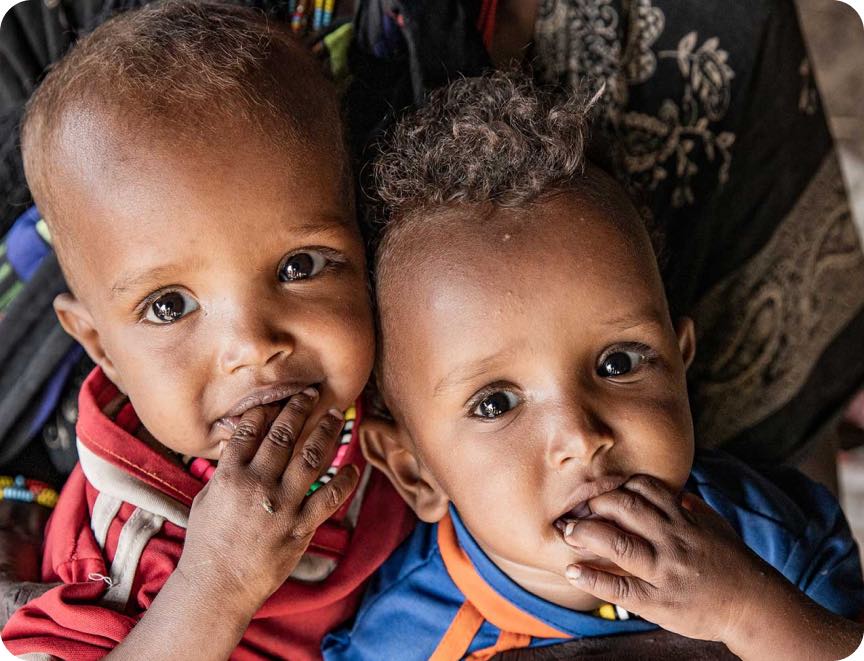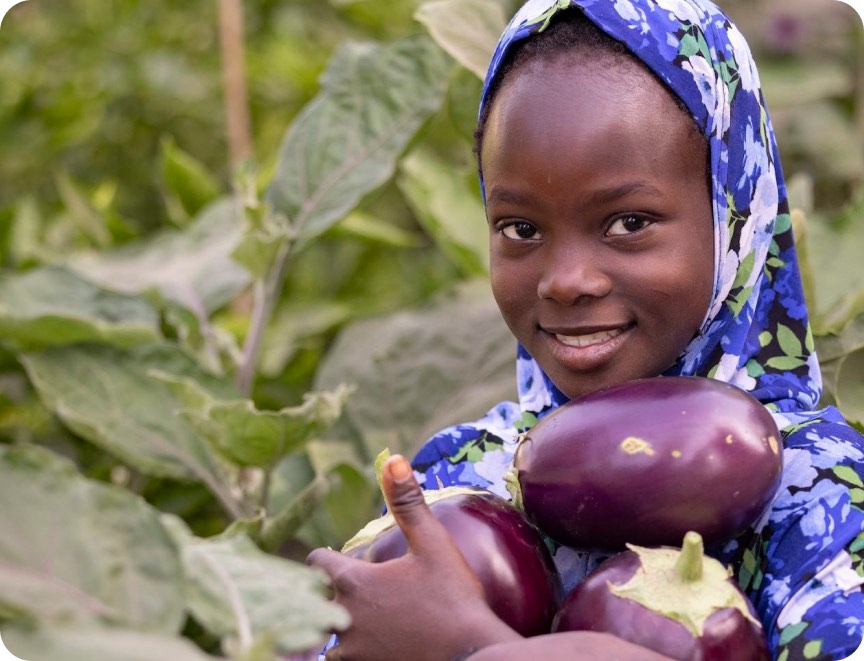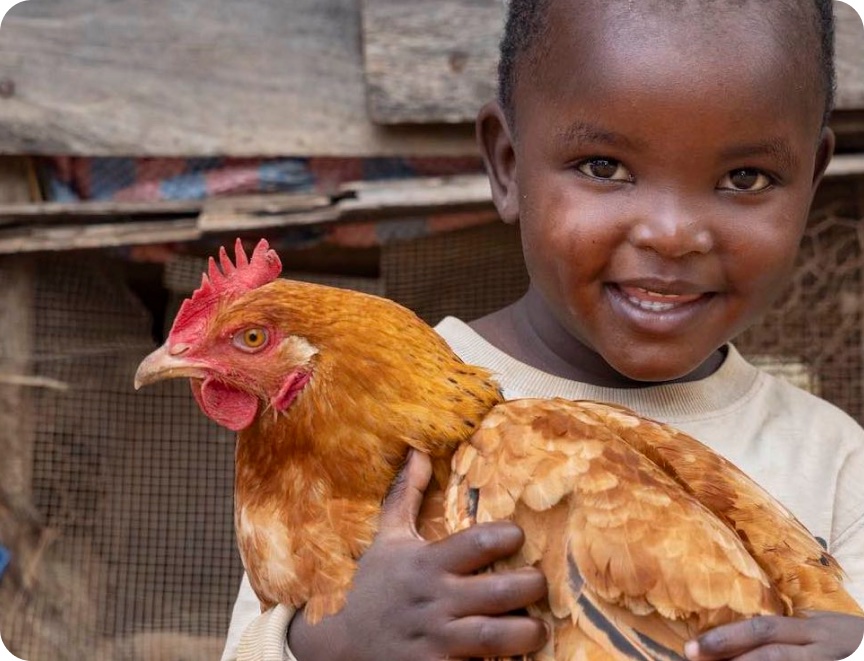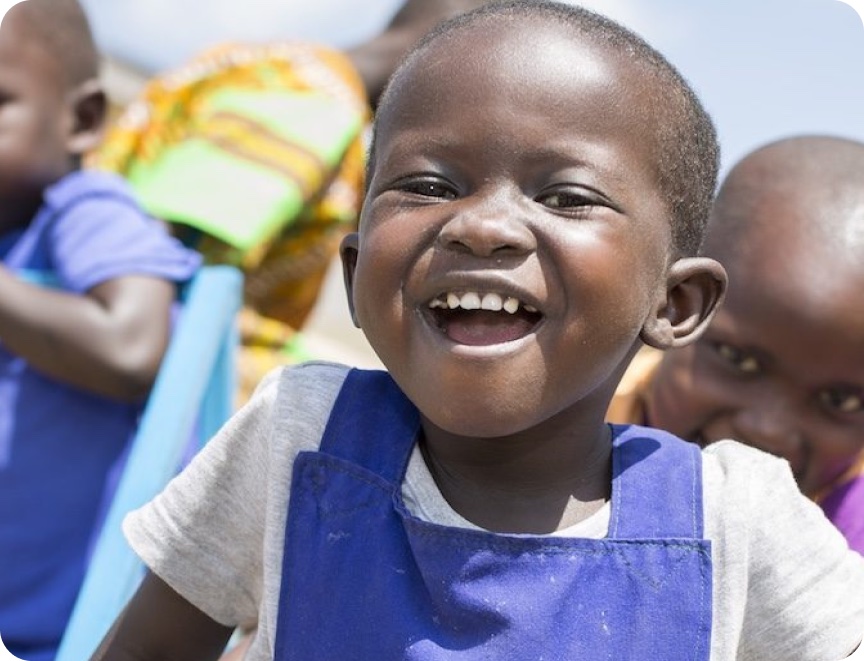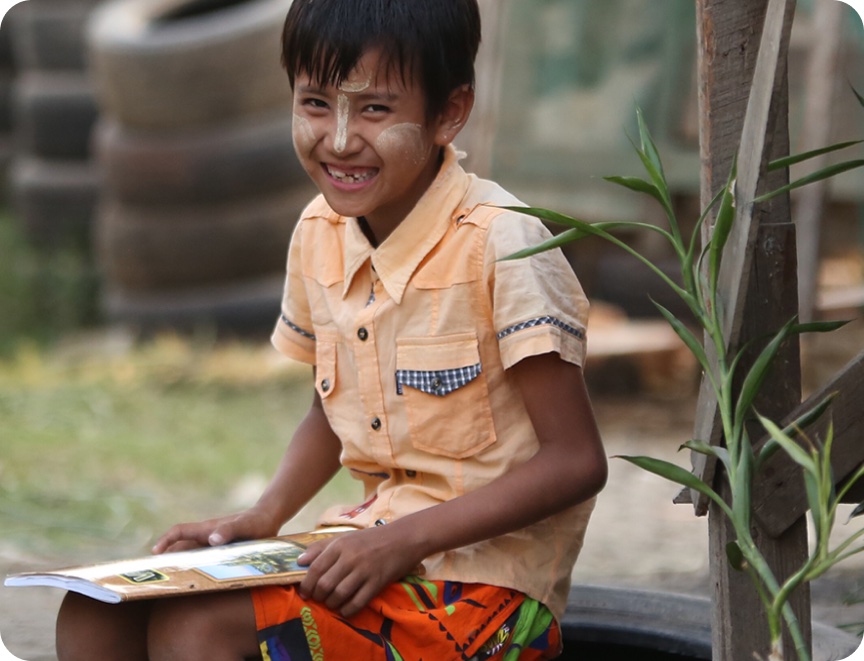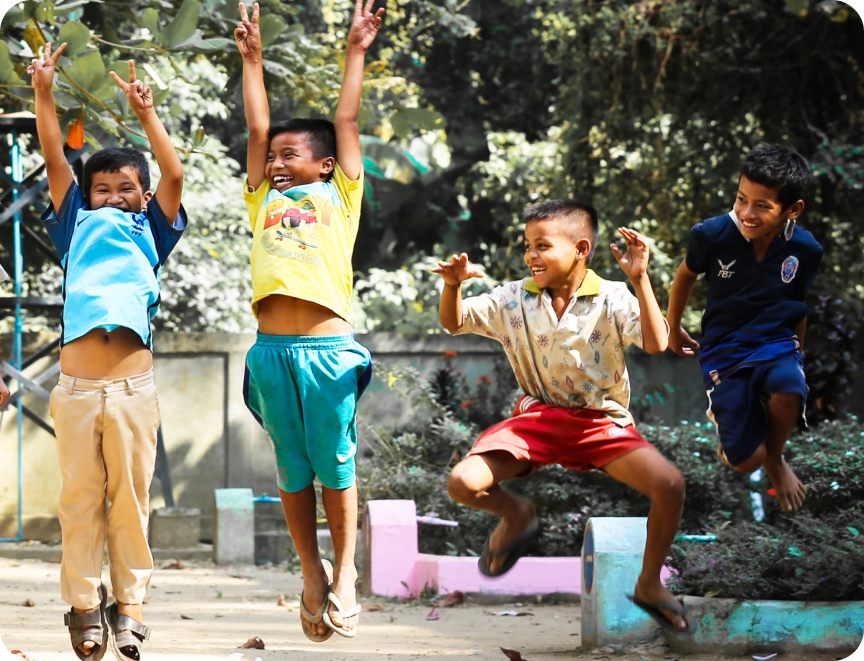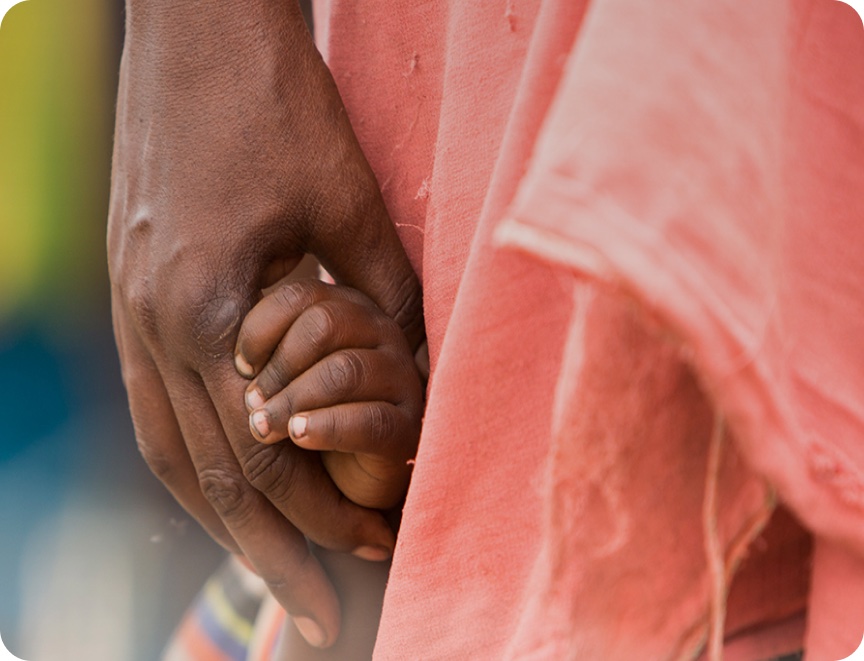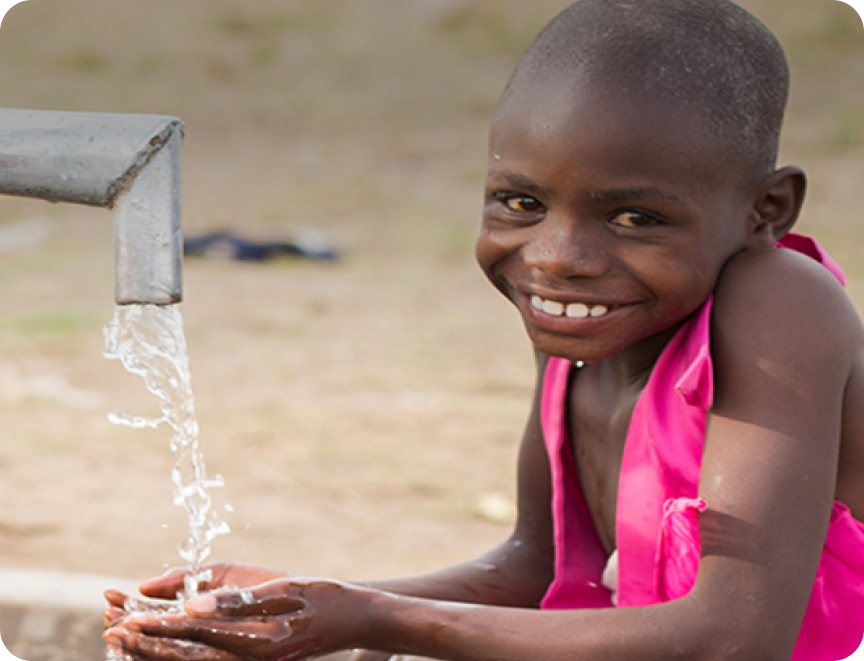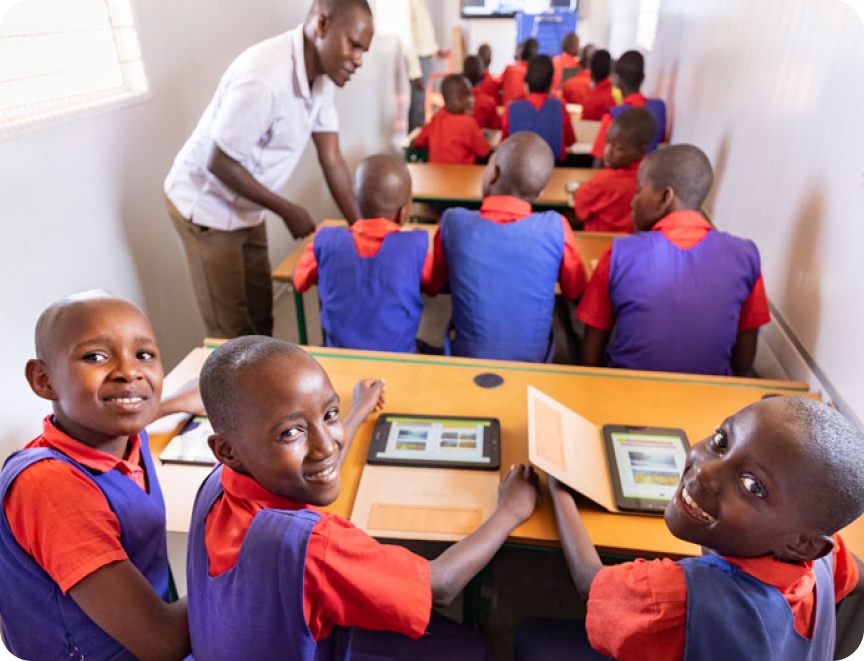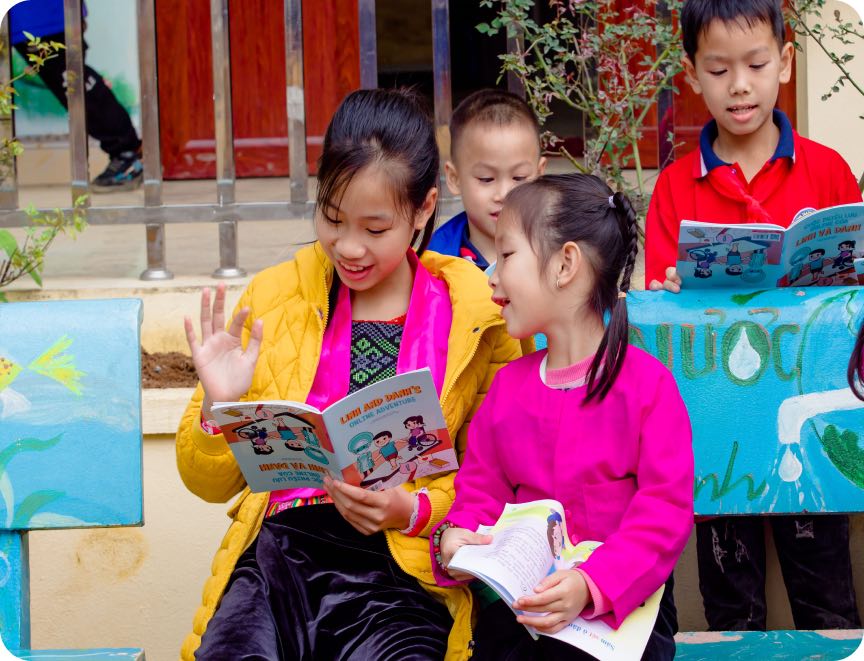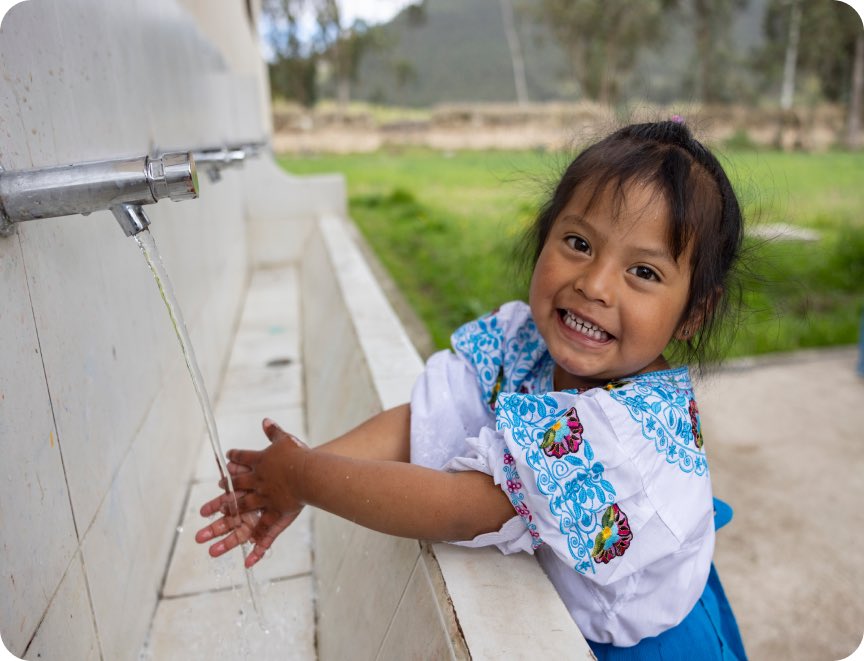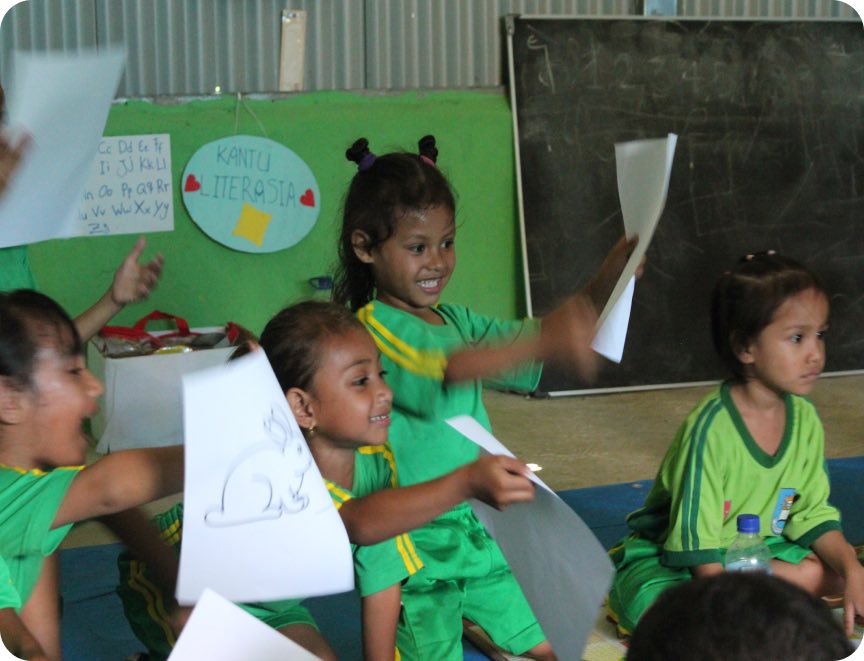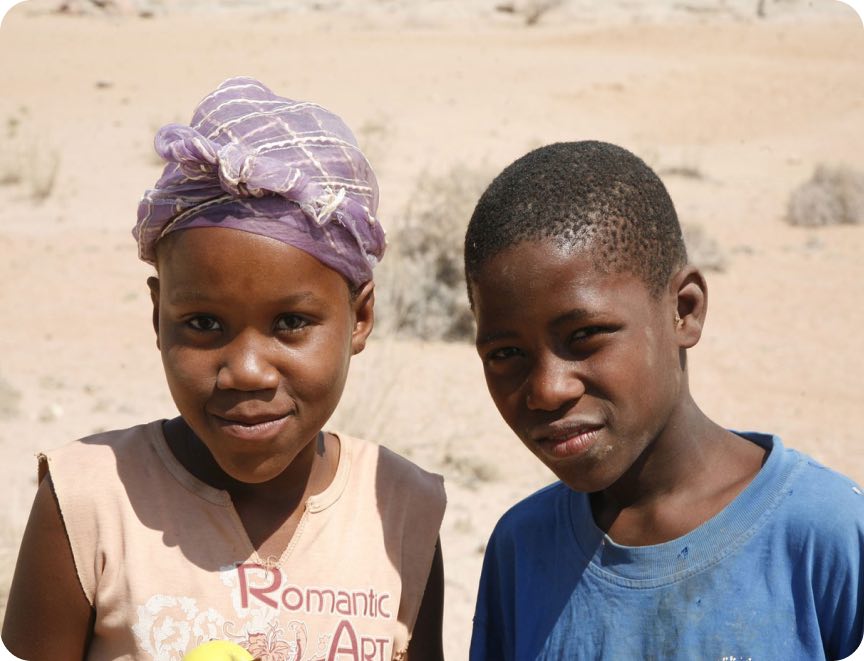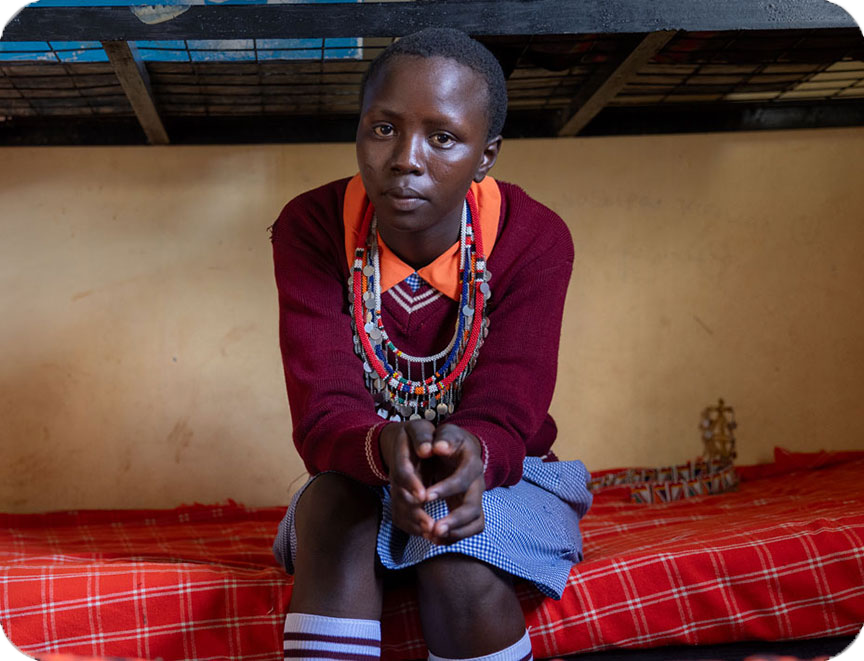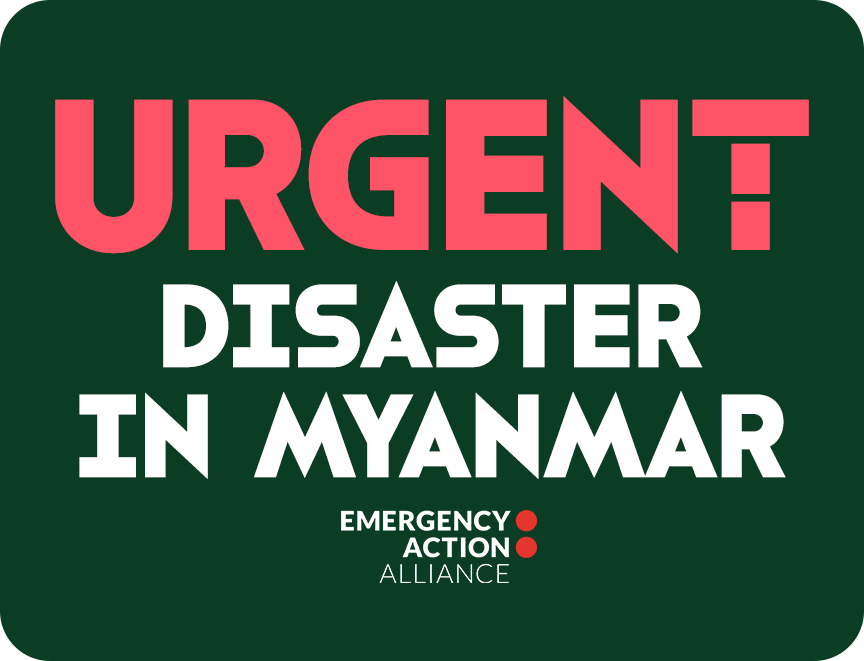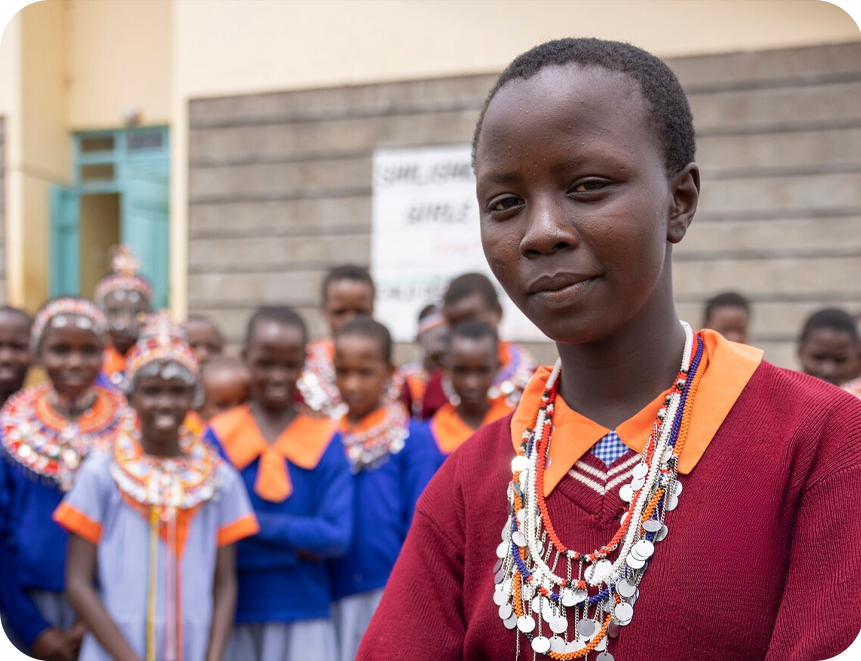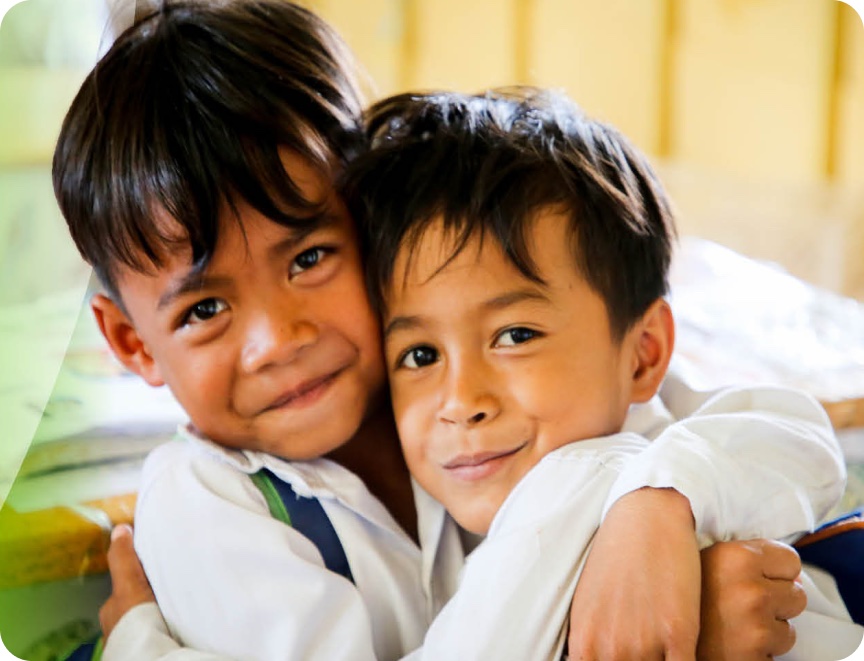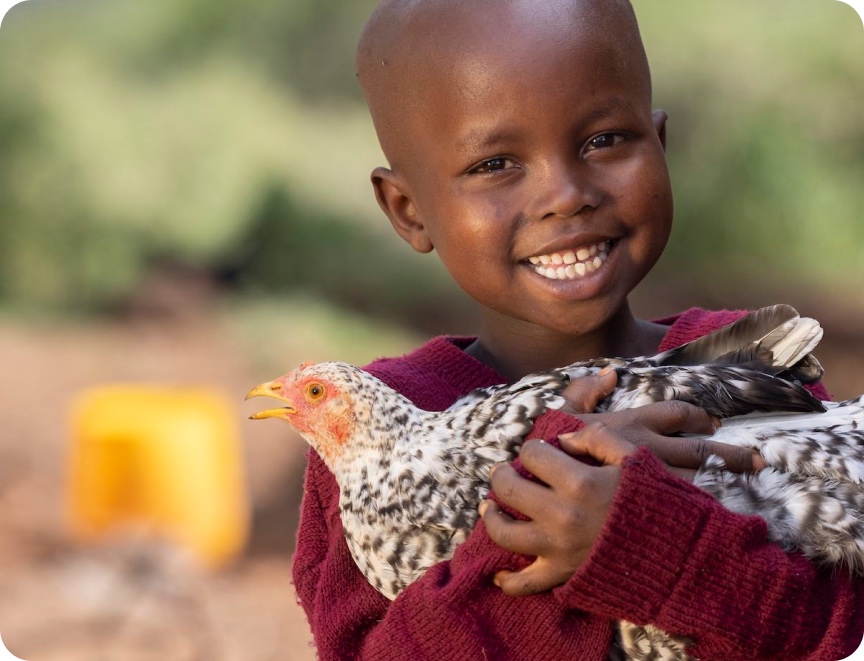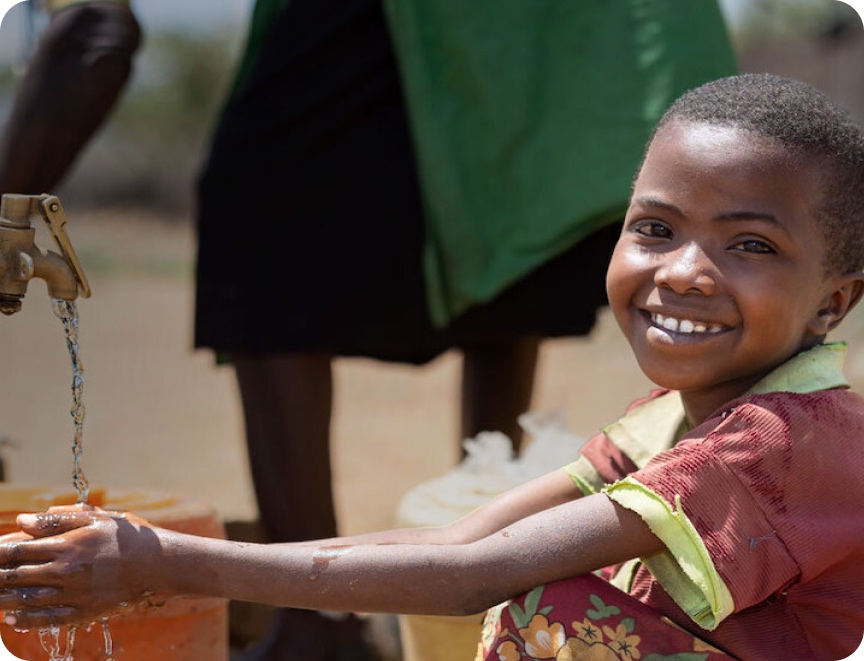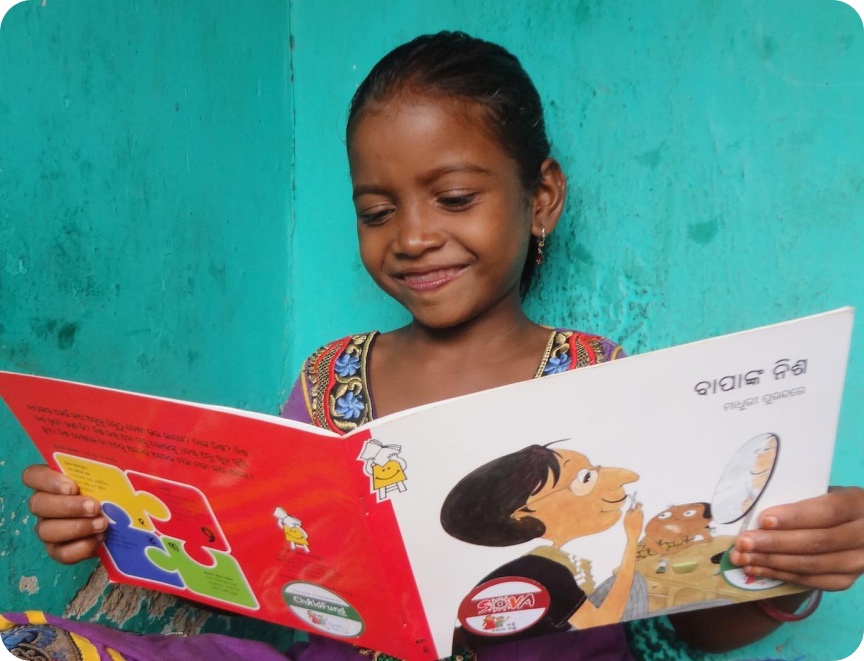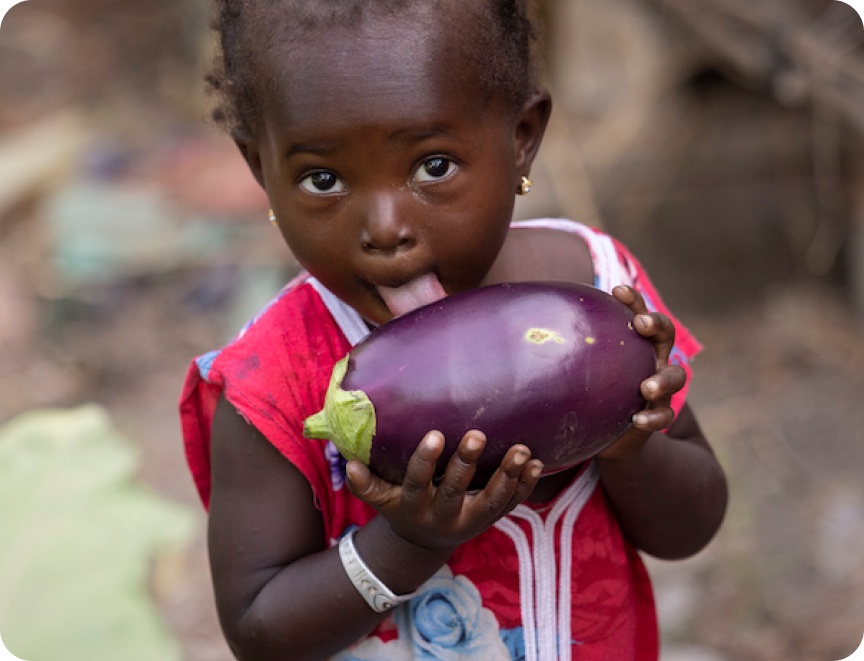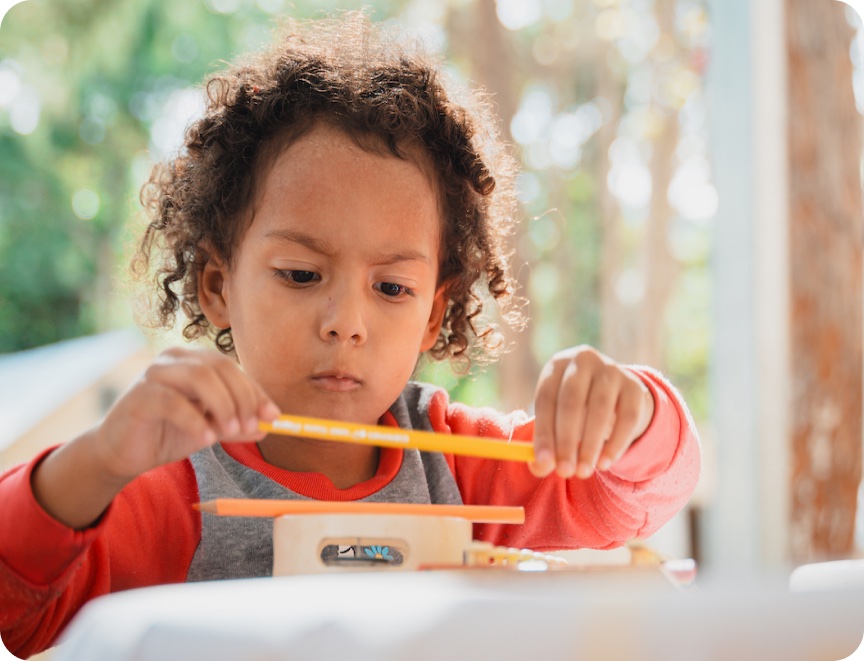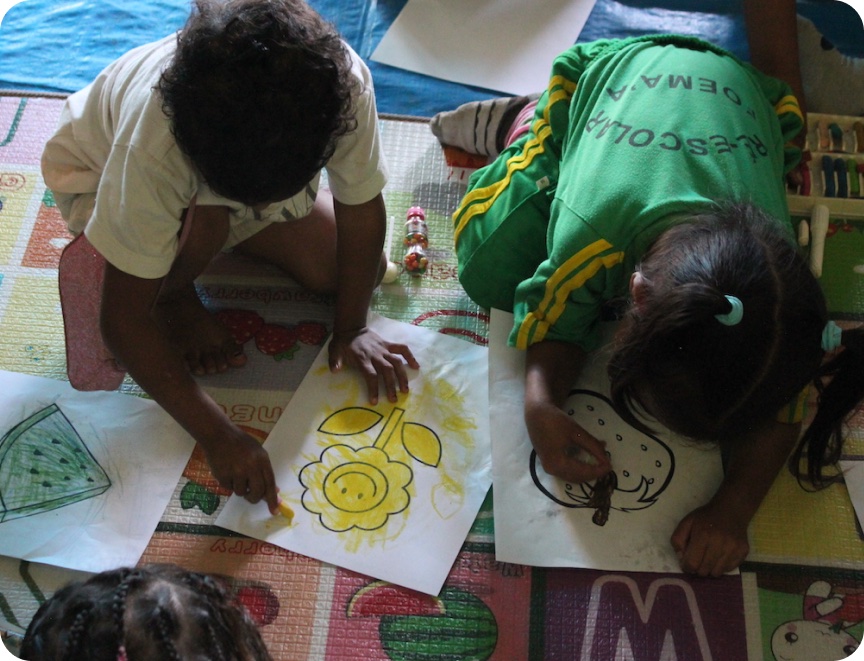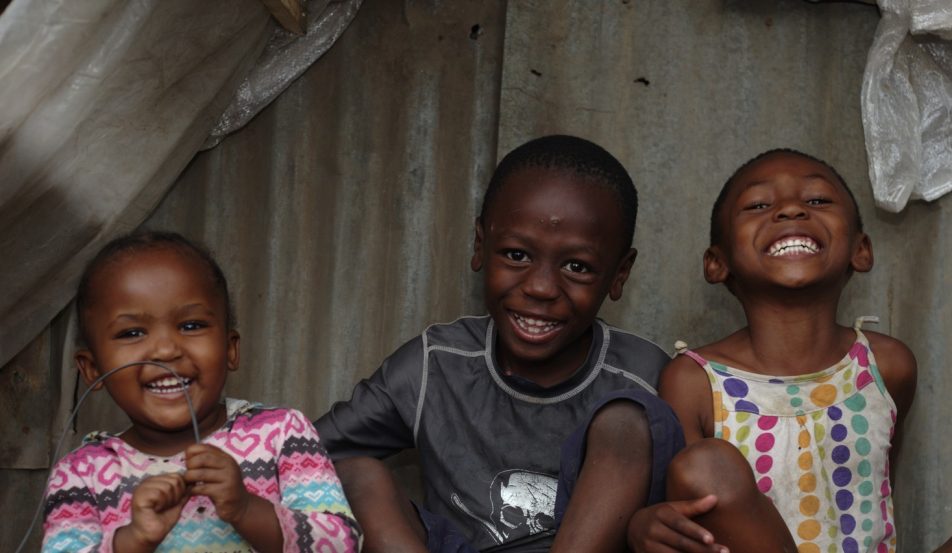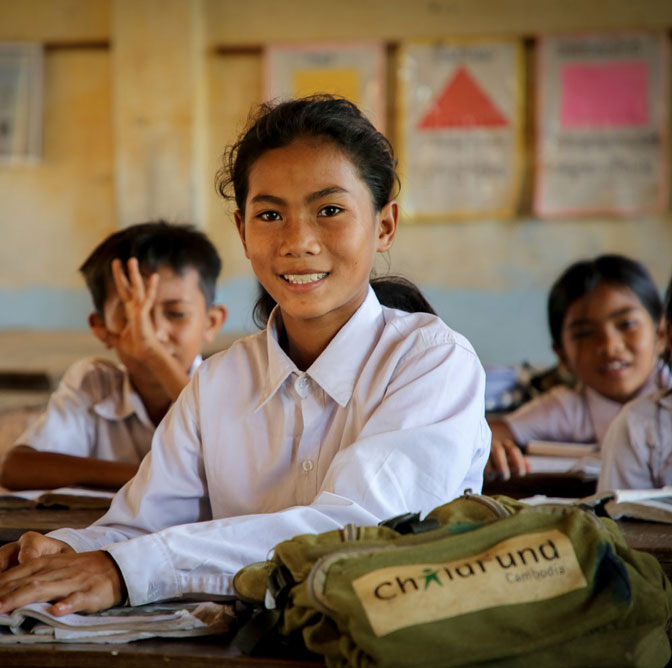Lack of assets
Poverty is most commonly viewed through this lens – a lack of basic yet essential needs. This may include schools, hospitals, nutritious food and clean water. Other assets might include qualified nurses, child protection systems, and employment opportunities. A lack of ‘social assets’ occurs when families live in places that have lost a sense of community and mutual support.
Exclusion and invisibility
Poverty can lead to exclusion within society – and exclusion can also result in poverty. Poor children may not be able to afford the costs of education, while girls may not be encouraged to attend beyond a certain year.
Both boys and girls from low-income families are at risk of being forced to enter the workforce as child labourers, and girls may be forced into early marriage by their relatives.
Ethnic minority families may find it difficult to establish small businesses due to language barriers. Being set apart reduces access to opportunity, and fewer chances to break the cycle of poverty.
Power differentials
Families living in poor communities often find it difficult to build and claim their power. The rights of children may be ignored; community decision-making may only be reserved for men. Power imbalances can appear within families (related to gender, age, or disability), and within communities (related to ethnicity, caste or class). It can also be witnessed between nations, with some countries having less power than others in today’s world order.
How do we approach child poverty?
ChildFund’s development approach is based on the understanding that poverty is not only a lack of material resources, but being deprived of the capabilities and freedoms that people need in order to live the life they value. We believe that the children and families with whom we work are poor because they are deprived of assets, are excluded from their societies, and suffer from a lack of power to instigate change.
Change for children in poverty is possible
The world has made great progress in reducing child poverty – child deaths have halved, and extreme, life-threatening poverty is reducing in most developing countries. But new causes of child poverty have emerged – urbanisation, loss of traditional culture, global economic crises, and the increasing frequency of natural disasters.
At ChildFund Australia, we want children in disadvantaged communities to not only survive but thrive. To retreat from the challenge of overcoming child poverty is not an option. We will continue working to build a world fit for all children; a world where every child can say: ““I am safe. I am educated. I am heard. I have a future.”


